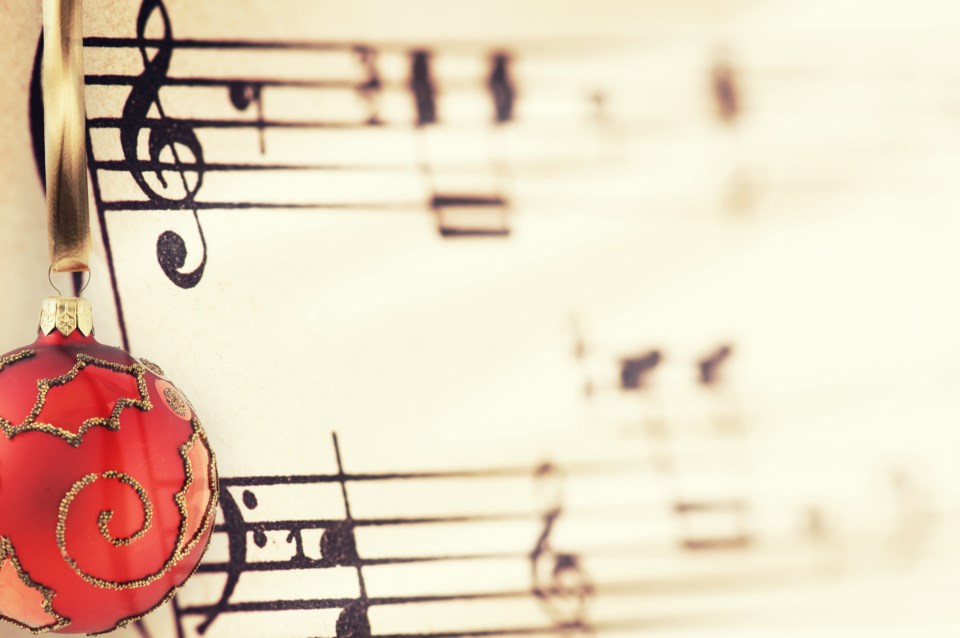At the beginning of , the 1965 Peanuts Christmas movie, the story’s , Charlie Brown, expresses sentiments with which many of us can identify at this time of year: “Christmas is coming, but I’m not happy. I don’t feel the way I’m supposed to feel … I always end up feeling depressed.”
Charles Schulz understood the like few other cartoonists. This is part of why A Charlie Brown Christmas so effectively conveys the double-sidedness of the holiday season.
New Yorker writer Adam Gopnik recognized this in his 2011 CBC Massey Lecture in Edmonton, “,” noting that we experience “the happiest time of year as a time of maximum stress, with feelings of sadness, disappointment, confusion, depression …” more often “than elation.”
And yet we cannot and would not want to envision a winter without holidays. At least if we look , many of us keep returning to holiday screen narratives from childhood, whether those of Charlie Brown, (1964) or (1969).
Key to the formation of this Christmas nostalgia is .
Flawed heroes
Why do we in these tales? After all, these title characters not only experience challenges to their identities but are somehow impaired in and of themselves. Charlie Brown , Rudolph’s unique bright nose, for which , keeps glowing brightly and Frosty ultimately melts.
Even George Bailey, the ostensible “hero” of , (1946) responds to the various hardships that beset him.
The sees an angel intervene in the life of a suffering and frustrated businessman. But after the holidays, Bailey will still have to deal with banker Potter in the “crummy little town” of Bedford Falls.
That viewers helps explain the attraction their holiday specials have, and for some families, of watching them in a family circle.
Indeed, it may well be such collective engagement with these musical narratives of broken individuals and compromised conclusions that makes it possible for some of us to feel a sense of familial often associated with the holidays.
Though the outcomes of the stories are known, admirers revisit them for the recuperative memories of past experiences with family, or at least for the catharsis can evoke. This is the case even though these idealized and romanticized pasts may never have existed for viewers.
Music and emotions
Music serves as the foundation for the emotional economy of holiday-themed specials.
The traditional carols and newer songs typically communicate messages of religious fulfilment (“God Rest Ye Merry Gentlemen”), family pleasure (“Jingle Bells”) and overcoming personal struggles (“Rudolph the Red-Nosed Reindeer”). Yet they do not ignore the darker emotional worlds of the holidays.
Gopnik singles out “” as his “favourite carol.” The carol’s lyrics are a poem written in the 19th century, and the song is best known in the musical arrangement by . As Gopnik writes, “It is a song about the remaking of the world, and it also is a song about, well, the bleak mid-winter.”
published an essay in 2016 under the title, “The Curious Comforts of ‘In the Bleak Midwinter’,” with the subhead: “Though sombre in tone, the carol is a perennial festive favourite.” A 2008 BBC poll also named it “.”
Beloved jazz piano Christmas
But the most celebrated musical representation of ambivalent emotions toward the holiday remains from almost 60 years ago.
Curiously, the show almost did not see the light of day due to various complications in production, including from CBS executives, who felt it lacked action, the children’s voices needed more polish, and the jazz was inappropriate for a kids’ program.
And yet that music by jazz pianist — a self-described “reformed boogie-woogie piano player” — is a big part of what has endeared A Charlie Brown Christmas to generations of viewers.
Pulitzer-winning novelist Michael Chabon : “That show, in its plot, characters and perhaps above all in its music, captures an authentic bittersweetness, the melancholy of this time of year, like no other work of art I know.”
Bittersweet vibes
Guaraldi’s chart-topping creation “” (1963) has the same bittersweet vibe as his tracks for the television special, and in fact serves as the source for the iconic Charlie Brown Christmas dance number “.”
Beyond Charlie Brown, Frosty and Rudolph, other holiday musical TV specials from the 1960s are also based on eponymous pre-existing songs that invoke loss or impairment. In The Little Drummer Boy (1968), Baba the sheep is seriously injured, while Santa Claus is Comin’ to Town (1970) presents loss through the the banning of toys.
Of course these exploit core threats depicted in their plots to make the outcomes seem all the more miraculous, yet a residue of loss remains, even in the most optimistic of them.
At the end of Santa Claus is Comin’ to Town, for example, Santa is compelled to limit himself to spreading his largesse on only of the year.
Joy, stress and melancholy
Charlie Brown does not undergo a Scrooge-like conversion or social redemption in the closing moments of his Christmas special either.
After he claims to have ruined the tree and then suggests it needs “a little love,” one of his friends re-affirms his “loser” identity with the sarcastically insinuating phrase, “Charlie Brown is a blockhead …”
Nevertheless, the beloved Christmas music — simple, tuneful and memorable — possesses the power to mediate the characteristic holiday mix of joy and stress and melancholy. Its power? Helping us ever again return to the time of year with hope for more of the one and less of the others.
James Deaville does not work for, consult, own shares in or receive funding from any company or organization that would benefit from this article, and has disclosed no relevant affiliations beyond their academic appointment.




